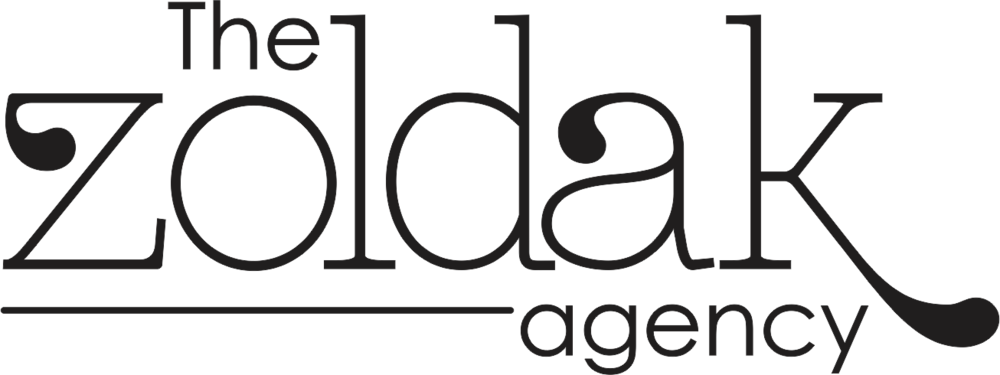Those in the advocacy space can you tell you that events are a regular part of their yearly planning and budget. During the busiest times of the year you can find your schedule packed with back-to-back conferences, galas, dinners, and receptions. However, throughout the past year due to Covid, that all came to a screeching halt and the advocacy world was forced to jump into virtual events headfirst.
Here at The Zoldak Agency, we understand the transitional challenges well, as we host one of the most widely attended networking events for public affairs, communications, media, advocacy, and marketing professionals in the country called DC Media Peeps. Every six to eight weeks we would gather at Morton’s Steakhouse off Connecticut Ave in Washington, D.C. for great discussions, speakers, and a cash bar. Since then, we’ve had to pivot to a platform that we discovered early on in the pandemic called Run the World - a roulette-style, speed networking software that enables participants to connect with new and old friends and colleagues for 5-minute timed sessions. We’ve received amazing feedback that this is an incredibly fun and effective tool, with attendance growing every event.
However, our team like many others, realize that nothing takes the place of in-person events. The exposure to people from all around the country who share the same passions is part of what makes the world of advocacy so exciting! For this reason, we were curious what other industry professionals had to say about resuming in-person events. When? How? What will they look like?
As it turns out, the majority of companies say they plan to resume with in-person events in either Q3 or Q4 of 2021, although there are still some businesses that prefer to be extra cautious and hold out until Q1 of 2022. The events will likely be scaled down in size and several may require that you present a negative Covid test prior to entering the venue. When hosting an event, it’s important that you communicate to attendees what safety protocols your company has put in place, i.e. increasing airflow by hosting at an outdoor venue in a warm weather location, limiting touch points, more automation of on-site management of the event, no buffets and more single servings, etc.
Perhaps it’s no surprise that the majority of advocacy professionals say they’ll continue to host virtual events even when in-person gatherings resume. They say they’ve witnessed a noticeable uptick in participation from people who would ordinarily be forced to skip an event due to scheduling conflicts or travel inconvenience. We’re considering doing something similar with DC Media Peeps by implementing a hybrid networking event, where some people are in-person and some are virtual. The expected challenge is integrating the two attendance styles, so both are getting a quality experience and feel as though they have the same networking access and opportunities.
Finally, for conference coordinators or even larger companies planning to return to an in-office work environment, it’s important to have a contingency plan in place if someone were to test positive after interacting with other individuals. For this reason, businesses are planning to work closely with contact tracing apps to retroactively identify and alert those people who attended the same day and/or session with the positive host. This will help avoid mass chaos and fear and instead will only focus on the people who should get tested to avoid further spread.

